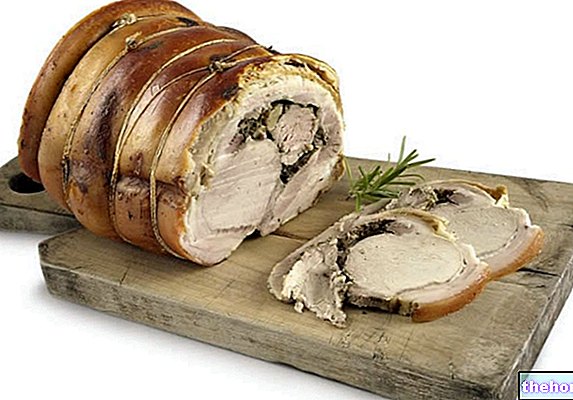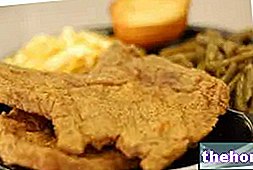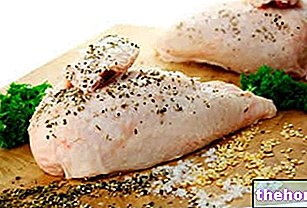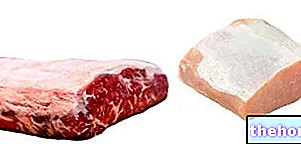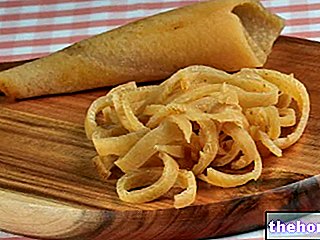Pork tenderloin - in English "pork tenderloin" - is notoriously the finest cut of meat obtained from domestic pigs (Sus scrofa domesticus); it has a soft consistency, a delicate taste, a good nutritional profile and, compared to the other muscles of the animal, an excellent digestibility - which can vary according to the cooking method, the seasoning and the composition of the recipe or the overall meal.

A source of high biological value proteins, specific vitamins and minerals, pork tenderloin belongs to the 1st fundamental group of foods. We must not forget that it is also a source of cholesterol and saturated fats - not as many as one would expect - as well as purines and phenylalanine - molecules that can interfere with certain metabolic pathologies.
Pork tenderloin is consumed practically all over the world. The types of cooking that are most interesting for this cut of meat are: roasted - baked or grilled or on a spit, natural or in crust, etc. - in a pan and frying etc. Pork fillet is the only cut of this animal that can be cooked little, even if it is not entirely advisable to leave it rosé "at the heart"; it is better to avoid eating it raw, especially in circumstances of greater vulnerability - such as gestation.
with high biological value, specific vitamins and minerals.It has a medium-low energy intake. Calories are mainly provided by peptides, followed by lipids; carbohydrates are absent. Proteins have a high biological value, that is, they contain all the essential amino acids in the right quantities and proportions compared to the human model. Fatty acids are mainly unsaturated monounsaturated, followed by saturated ones, while polyunsaturated ones constitute the least relevant portion. Cholesterol is present in significant but reasonable quantities.
Pork fillet does not contain dietary fiber, gluten, lactose and histamine. Instead, it has significant amounts of purines and phenylalanine amino acid.
From a vitamin point of view, pork tenderloin is a food that does not stand out from the average of products belonging to the same category - meat. It mainly contains water-soluble vitamins of group B, such as thiamine (vit B1), riboflavin (vit B2), niacin (vit PP), pyridoxine (vit B6) and cobalamin (vit B12), while they are absent or irrelevant. "ascorbic acid (vitamin C) and all fat-soluble acids (vit A, vit D, vit E, vit K).
Also as regards the mineral salts, the pork fillet does not differ too much from its group to which it belongs. The content of phosphorus and zinc is appreciable. The amount of iron, which should be significant, does not fully meet this expectation. It also provides potassium.

normolipid for slimming; it is in fact one of the few cuts of pork which, even in fattening specimens, expresses an acceptable fat content.
Pork fillet, rich in high biological value proteins, is very useful in the diet of those who find themselves in a condition of increased need for all essential amino acids; for example: pregnancy and breastfeeding, growth, extremely intense and / or prolonged sporting practice, old age - for eating disorder and tendency to geriatric malabsorption - pathological malabsorption, recovery from specific or generalized malnutrition, defedation, etc.
For the reasonable content of cholesterol and saturated fats - as well as other cuts such as: chicken breast, turkey, lean veal and horse meat - it can be used in the diet against hypercholesterolemia, as long as the portion and frequency of consumption are acceptable Note: in dietary therapy against dyslipidemia it is however less appropriate than fish - finnuts proper - rich in omega 3 (EPA and DHA).

